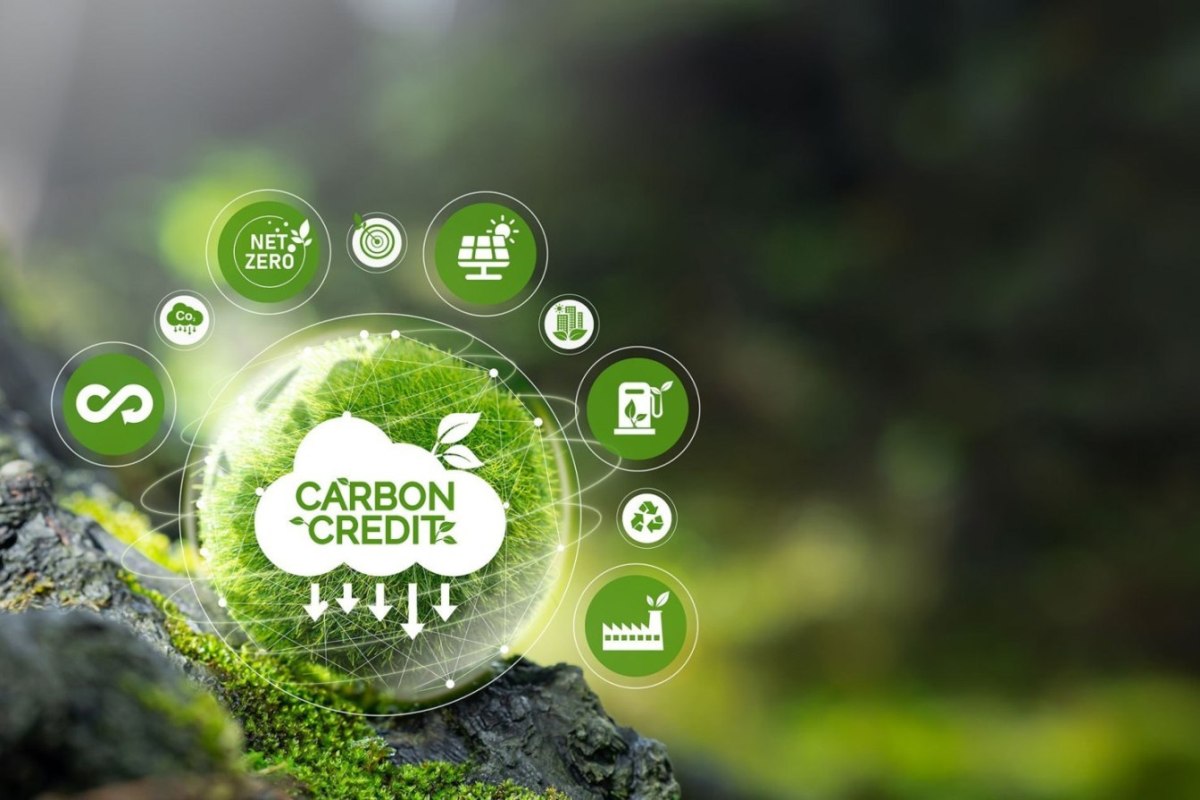 The textile industry, long associated with high resource consumption and environmental impact, is now under immense pressure to align with global sustainability goals. With climate commitments becoming more stringent, the question is no longer if the industry should change, but how quickly it can transition to net-zero manufacturing.
The textile industry, long associated with high resource consumption and environmental impact, is now under immense pressure to align with global sustainability goals. With climate commitments becoming more stringent, the question is no longer if the industry should change, but how quickly it can transition to net-zero manufacturing.
Rohit Dev Sethi, a visionary leader with over 12 years of experience in the textile sector, is driving meaningful change in this space. As the Managing Director of Colossustex Private Limited, a global leader in textile supply chain solutions, he has been instrumental in identifying new growth avenues, fostering sustainability-driven innovations, and expanding business operations for long-term resilience. His expertise in bridging market demands with eco-conscious strategies makes his perspective invaluable in the conversation on green manufacturing.
In this article, Rohit delves into the challenges and solutions surrounding net-zero textile production; from rethinking material sourcing and energy efficiency to harnessing policy support and technological advancements. As industries worldwide grapple with sustainability imperatives, the textile sector’s journey toward a greener future is unfolding. But can it truly deliver on its green commitments? Let’s explore.
Net-Zero Textile Manufacturing: Can the Industry Meet Its Green Commitments?
The textile industry, long known for its resource-intensive processes, is now under mounting pressure to align with global sustainability goals. With the push for net-zero emissions gaining momentum, textile manufacturers must address environmental concerns while maintaining efficiency and profitability. But can the industry truly achieve its green commitments?
The Drive for Net-Zero in Textiles
Net-zero manufacturing refers to balancing greenhouse gas emissions by reducing emissions and implementing offset strategies. The textile industry is a significant contributor to global carbon emissions, accounting for approximately 10% of global greenhouse gas emissions and 20% of global wastewater. Achieving net-zero in this sector requires radical changes in production processes, raw material sourcing, and energy consumption.
Key Challenges to Net-Zero in Textile Manufacturing
1. Energy-Intensive Production: Textile production involves energy-intensive processes such as spinning, weaving, dyeing, and finishing, which heavily rely on fossil fuels. Transitioning to renewable energy sources is a major hurdle, especially in developing economies where infrastructure for clean energy remains limited.
2. Water and Chemical Usage: Dyeing and finishing processes contribute significantly to water pollution. The industry consumes nearly 93 billion cubic meters of water annually, leading to severe environmental consequences. The use of harmful chemicals, including azo dyes and heavy metals, further complicates sustainability efforts.
3. Supply Chain Complexity: Textile supply chains are often fragmented, involving multiple stakeholders across different geographies. Achieving net-zero requires collaboration among suppliers, manufacturers, retailers, and policymakers, which can be difficult due to varying regulations and economic priorities.
4. High Cost of Sustainable Alternatives: Investing in sustainable materials, clean energy, and innovative waste management solutions requires substantial financial commitment. Many small and medium-sized textile enterprises (SMEs) struggle with the upfront costs of transitioning to greener practices.
5. Consumer Demand and Fast Fashion Trends: The demand for fast fashion fuels overproduction, leading to excessive waste and emissions. Changing consumer behavior is essential for achieving net-zero, but affordability and accessibility remain concerns when promoting sustainable fashion.
Pathways to Achieving Net-Zero Textile Manufacturing
Despite the challenges, various innovations and strategies can help the textile industry achieve its green commitments:
1. Renewable Energy Adoption: Shifting to renewable energy sources such as solar, wind, and biomass can significantly reduce the carbon footprint of textile manufacturing. Countries like Bangladesh and India, major textile hubs, are increasingly investing in solar-powered textile mills to decrease dependence on fossil fuels.
2. Sustainable Material Sourcing: Using organic cotton, recycled polyester, hemp, and other eco-friendly fibers can lower emissions. Brands like Patagonia and Stella McCartney are pioneering the use of sustainable materials and promoting circular fashion.
3. Water and Chemical Management: Advanced dyeing techniques, such as waterless dyeing and digital printing, can minimize water consumption and chemical waste. Additionally, adopting closed-loop water recycling systems can enhance water efficiency in manufacturing.
4. Process Innovation and Smart Manufacturing: The adoption of Industry 4.0 technologies, including automation, AI-driven optimization, and blockchain for transparency, can improve efficiency and reduce waste. Smart factories with real-time monitoring of energy and resource consumption are emerging as a viable solution for sustainable production.
5. Circular Economy and Waste Reduction: Encouraging textile recycling, upcycling, and take-back programs can minimize landfill waste. Companies like H&M and Levi’s have introduced garment collection initiatives to repurpose old clothing into new products, contributing to a closed-loop system.
6. Policy Support and Industry Collaboration: Government regulations and international initiatives, such as the Paris Agreement and Science-Based Targets initiative (SBTi), are pushing textile manufacturers towards net-zero goals. Collaborative efforts among industry players, NGOs, and policymakers are essential for establishing industry-wide sustainability standards.
The Road Ahead: Can the Industry Deliver?
While the journey to net-zero textile manufacturing is challenging, significant progress is being made. Leading brands and manufacturers are adopting innovative solutions, and regulatory frameworks are evolving to support sustainable practices. However, achieving net-zero emissions will require a collective effort from all stakeholders—governments, businesses, and consumers alike.
Consumers play a crucial role in driving demand for sustainable fashion, while manufacturers must continue to invest in green technologies. Policymakers, on the other hand, need to enforce stringent environmental regulations and provide incentives for sustainable practices.
The textile industry has a long way to go, but with technological advancements, strategic investments, and growing awareness, a net-zero future is within reach. The question is not whether the industry can meet its green commitments, but how quickly and effectively it can transform to make sustainability the new norm.




 The textile industry, long associated with high resource consumption and environmental impact, is now under immense pressure to align with global sustainability goals. With climate commitments becoming more stringent, the question is no longer if the industry should change, but how quickly it can transition to net-zero manufacturing.
The textile industry, long associated with high resource consumption and environmental impact, is now under immense pressure to align with global sustainability goals. With climate commitments becoming more stringent, the question is no longer if the industry should change, but how quickly it can transition to net-zero manufacturing.












.jpg)




